End of an Era: Reflections on a Decade of Dark Knight and Beyond
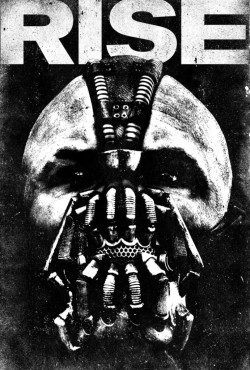
Tomorrow night, The Dark Knight Rises will be seen by countless fans the way it was meant to be seen: as the headliner of the Dark Knight Trilogy. I won’t be seeing it early as a member of the press. It won’t be screened “for my consideration”. I will not be attending the premiere. I will not have read the spoilers. I will be seeing the final chapter of Christopher Nolan’s Batman Trilogy as an anxious, eager, and, truthfully, somewhat melancholy fan. And that’s the way I want it.
About ten years ago, many fans of Gotham’s Dark Knight were unsure as to what the future held for the Caped Crusader. There was still an awful taste in the mouths of most Bat-Fans over the age of 12 left by the most recent film interpretation of the World’s Greatest Detective, Batman and Robin. On paper, it didn’t sound like a terrible idea. Hear me out: an ensemble cast of top Hollywood names (Arnold, Uma, and George), the second outing by a capable director (after all, I quite enjoyed how Batman Forever turned out, even if there were things that could’ve been done differently), and the first film that would prominently feature the Dynamic Duo from the start. For better or for worse, the film turned out how it did. While it is arguable as to who is at fault for the final product (though for my money, it is the fault of the studio, who sacrificed a decent film for merchandising revenue), the negative response from fans and critics alike indicated that something different—something drastic—had to be done to save the Bat.
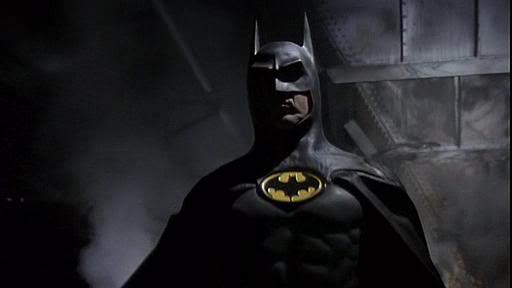
In 2002, the Batman franchise was in a state of chaos. Several scripts had been kicked around, with dramatically different proposals for stories and tone. It’s actually a very interesting part of Batman history which merits its own article (check back soon!), so I won’t go too deep into detail regarding all of the proposed scripts, false-starts, and pulled-plugs. One of the most well-known Batman films to never see the light of day was born of a school of thought which made a lot of sense at the time, and would eventually evolve into Batman Begins. The idea was to return to the glory days of the Batman franchise and bring the films full circle back to the Joker. Many fans—myself included—were never truly satisfied with the apparent demise of the Joker at the end of Tim Burton’s first trip to Gotham. One of the hallmarks of the comic book world is that bridges are never fully burned; no matter how dead someone may appear, they’re not buried permanently, or even for long in some cases (I’m looking at you, Clark).
The then proposed fifth Batman film, under the working title Batman Triumphant, had actually been in development during the development of Batman and Robin. In some regards, it’s a good thing to be looking ahead. The potential danger in this, however, is overlooking the present, which unquestionably happened with Batman and Robin.
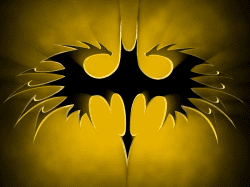
To be released in 1999, Batman Triumphant was to feature the returning Bat-Trio (or Bat-Sandwich, for fans of the 60s show) of Clooney, O’Donnell, and Silverstone against the diabolical Scarecrow, rumored to be played by Howard Stern, Steve Buscemi, Nic Cage, Jeff Goldblum, and even Marilyn Manson at one point. The general plot of the movie would have seen Batman facing the Joker (with Jack Nicholson reprising the iconic role) by way of Scarecrow’s fear toxin, and would have included a secondary plotline of Harley Quinn, the daughter of the Joker in this interpretation, exacting revenge against the Bat-family for her father’s death. While Triumphant and several other scripts had surfaced and even gone as far as pre-production, including a scrapped live-action Batman Beyond film and a shockingly awful reimagining of Batman: Year One by Darren Aronofsky and Frank Miller, it was Christopher Nolan and David Goyer who would ultimately bring us what have arguably become the definitive Batman films.
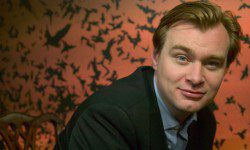
So here I sit a little over 24 hours before viewing the completed trilogy, as a whole, in one sitting (bladder permitting). I have to admit, I’m just as afraid as I am excited, and not because of Christopher Nolan or the looks of The Dark Knight Rises. I am nervous about what is to happen after the curtains close on the Nolan trilogy. Will we see another film blackout for Batman? Plans seem to suggest that DC’s top priority is creating a Justice League film, going as far as to circumvent the need for both Flash and Wonder Woman films by simply including the Justice League characters in the next Batman: Arkham Asylum title, rumored to be a prequel taking place in Batman’s Silver Age era. While they can certainly use the pre-established “Arkham Universe” as the universe for a Justice League film (which is actually a very good idea), it raises another problem—one that Mr. Nolan actually faced himself—the existence of multiple film universes.
On the record, it was the writer’s strike a few years back combined with tax problems on the Australian shoot that caused the Justice League: Mortal film to be scrapped. Off the record, it was Christopher Nolan’s objection to having multiple Batmen—more than one continuity—on film simultaneously. In retrospect, he couldn’t have been more right in his thinking. Look at what Marvel did with The Avengers—there’s no way that could have happened the way it did had they begun with an Avengers movie and worked backwards, giving each hero their own separate universe to exist in thereafter. Ultimately, they proved that slow and steady, more often than not, will win the race.
Going with that idea, I think it was a slow and steady approach, coupled with a strong artistic vision and a respect for the source material that helped make the Nolan Batman Universe so iconic and well-received. Characters were allowed to mature and develop, relationships were tested, and, most notably, we were able to follow the career of the crime-fighter known as Batman and the life of his vessel, Bruce Wayne, from beginning to end—whatever that end may be.
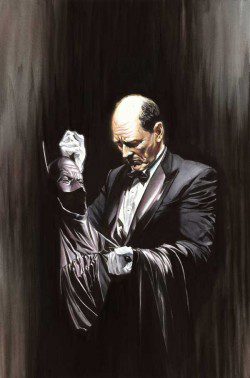
Mr. Nolan has given us the ultimate blend of source material and creative liberties, ultimately creating a Batman that is as human and grounded in reality as he is mythic and symbolic. While the approach was not always perfect (I’m still yet to see Batman satisfactorily clear a room full of thugs), it certainly delivered the most consistent and deserving moments of greatness to be captured on film for the Batman.
In my closing thoughts, I have to address an issue regarding The Dark Knight Rises that has been widely discussed since it was billed as the “epic conclusion” to the trilogy: Does Batman Die!? The answer, for me at least, is a simple: it doesn’t matter. You see, Neil Gaiman’s Whatever Happened to the Caped Crusader put something into perspective for me: though an era of Batman may end and an incarnation, version, or interpretation of the character may meet its end, the idea of Batman will outlive us all. There will always be a Batman, though the names, settings, and situations may change. So even if Christopher Nolan takes the easy way out and does the “realistic” thing by killing Bruce Wayne/Batman (yes, both of them), it would only mean that Christopher Nolan’s Bruce Wayne/Batman meets his demise—not that the character, symbol, or idea of Batman outside of this trilogy has met the same fate.
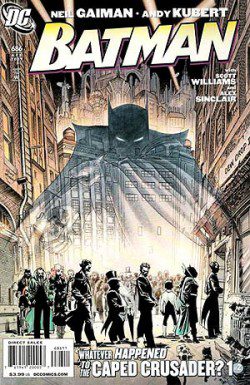
In a perfect world, we would be left with a shot of Batman, perched upon a gargoyle, overlooking his city, knowing that his war on crime— a war which he will fight every night until his last—is a war without end. I have made peace with the fact that this may not be the case. Though for my own sanity, I would imagine this shot to be reminiscent of the closing images of the 1939 version of The Hunchback of Notre Dame, in which Quasimodo’s figure is becomes indistinguishable from the gargoyles of the cathedral, showing us that he is a part of the building itself as we are taken further and further away. It would communicate Batman’s small size in relation to the scope of the entire city which he has vowed upon his parents’ graves to protect:
https://www.youtube.com/watch?v=SeEaMnUaRRA
However, Nolan’s world is not a perfect one. Batman takes the blame for the Two-Face murders, he fails to save Rachel, kills Harvey (and a lot of other people over the course of the first two movies), and, at the offset of The Dark Knight Rises, is shell-shocked to the point of retirement and reclusion. I have made peace with the theoretical death of Christopher Nolan’s Batman, though I will hopefully have closure tomorrow night. Regardless of the ending to his story, he has unquestionably left the Batman film universe in a better place than it was in 1998 or even in 2002: Bane has brains to match his brawn, the complexity of the existence of a Batman who wears a Bruce Wayne mask has been addressed, and Commissioner Gordon has done more than simply switch the Bat-signal on and off.
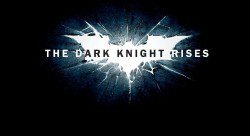
As excited, anxious, nervous, and terrified as I am to see how this story ends, I’m even more enthusiastic—and worried—to see when, where, and how the next story begins.
